The Centeno-Schultz Blog
Regenexx-SCP Procedures
- Delivering up to 10-40x more platelet concentration than standard PRP
- Fully customized
- Labratory processed for quality and sterility
What is PRP?
“PRP” is short for platelet-rich plasma, and it is autologous blood with concentrations of platelets above baseline values (1). The potential benefit of platelet-rich plasma has received considerable interest due to the appeal of a simple, safe, and minimally invasive method of applying growth factors. PRP treatments are a form of regenerative medicine that utilizes the blood’s healing factors to help the body repair itself by means of injecting PRP into the damaged tissue. In regenerative orthopedics, it is typically used for the treatment of muscle strains, tears, ligament tears, tendon tears, minor arthritis, and joint instability.
There have been more than 30 randomized controlled trials of PRP, and it has been shown to help the body heal itself by its stimulating effect on the stem cells within the targeted area. In fact, our own Dr. Chris Centeno has used the analogy of “expresso shots” to explain how PRP and our patented Platelet Lysate work within and with the body.
Super Concentrated Platelet-Rich Plasma Procedures
Why Regenexx PRP Treatments Are VERY Different
Invented at the Centeno-Schultz Clinic, Regenexx’s Super Concentrated PRP procedures are an advanced form of PRP treatment that utilizes lab-processed PRP mixtures that have been shown to deliver up to 10 – 40x times more platelet concentrations than the standard “bloody” PRP. In fact, our PRP, because of its concentration levels of platelets, takes on an amber color.
Why Regenexx PRP Mixtures are Better than Standard PRP / Platelet-Rich Plasma
In most clinics that offer PRP therapies, the method of developing PRP involves removing a patient’s blood and running it through a simple bedside centrifuge machine to separate the plasma and concentrate the blood platelets, which are then immediately extracted and used as the injectate. These devices are not great at getting rid of unfavorable cells from the resulting mixture. Our lab tests show that white and red blood cells have an inhibiting effect on the same stem cells the platelets are attempting to stimulate and might cause excessive inflammation following the injection.
Our PRP is purer, concentrated, and customizable because it is produced in a laboratory setting by an experienced technician who can separate and concentrate all the blood’s good components and remove the unfavorable ones.
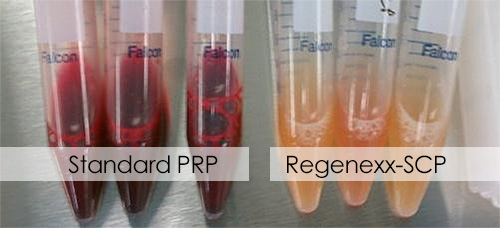
Regenexx Platelet Lysate
Third & Fourth Generation
Platelet lysate (PL) is an even more highly developed variation of platelet-rich plasma. PRP works by concentrated platelets slowly releasing growth factors over approximately a week. Much like a timed-release version of a pill. If you need an immediate-release variation, with many more factors available en masse, you use a platelet lysate (PL).
In our experience, while PRP can trigger inflammation, PL is remarkably anti-inflammatory and is used even more safely around nerves, which is why it is typically used in our spinal column procedures. Regenexx uses the most sophisticated platelet lysate available. While many are just starting to learn more about PL, we are in our third and fourth generation, advancing the efficacy of our mixtures continuously.
Critical Differences in PRP: Laboratory Prepared vs Bedside
Not all platelet-rich plasma (PRP) preparations are the same. The majority of PRP preparations are created by bedside centrifuge units. At Regenexx we are constantly striving to improve clinical results. Our state-of-the-art cellular laboratory enables us to experiment on different ways to get more platelets out of a given sample.
We recently ran an experiment with 5 patient samples trying 5 different techniques to maximize platelet concentration in platelet-rich plasma. A flow cytometer was used to measure the number of platelets being isolated and how ‘clean” the isolation was in the mix. Clean isolation was preferred since it meant it had little extra platelet matter( cell membranes.)
The results demonstrated that the centrifuge techniques similar to bedside PRP did NOT produce the best platelet concentrates. In fact, they tended to produce fewer platelets and more non-platelet matter than other techniques.
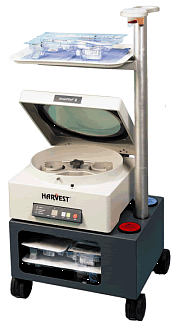
A proprietary simple laboratory technique has been developed that provides more platelets and much cleaner isolation. It is called APC: autologous platelet concentration so as to differentiate it from PRP. It produced 237% more platelets when compared with traditional bedside centrifuge units.
Below is a graph that demonstrates the significant differences. The graph on the left has a wide mountain reflective of significant non-platelet matter whereas the graph on the right has a narrow tall peak reflective of cleaner isolation. The total number of platelets on the left is 200 vs 1200 produced by the laboratory.
Bottom line: laboratory-prepared autologous platelet concentrate provides a larger number of platelets in cleaner isolation. This difference translates to improved healing and faster recovery.
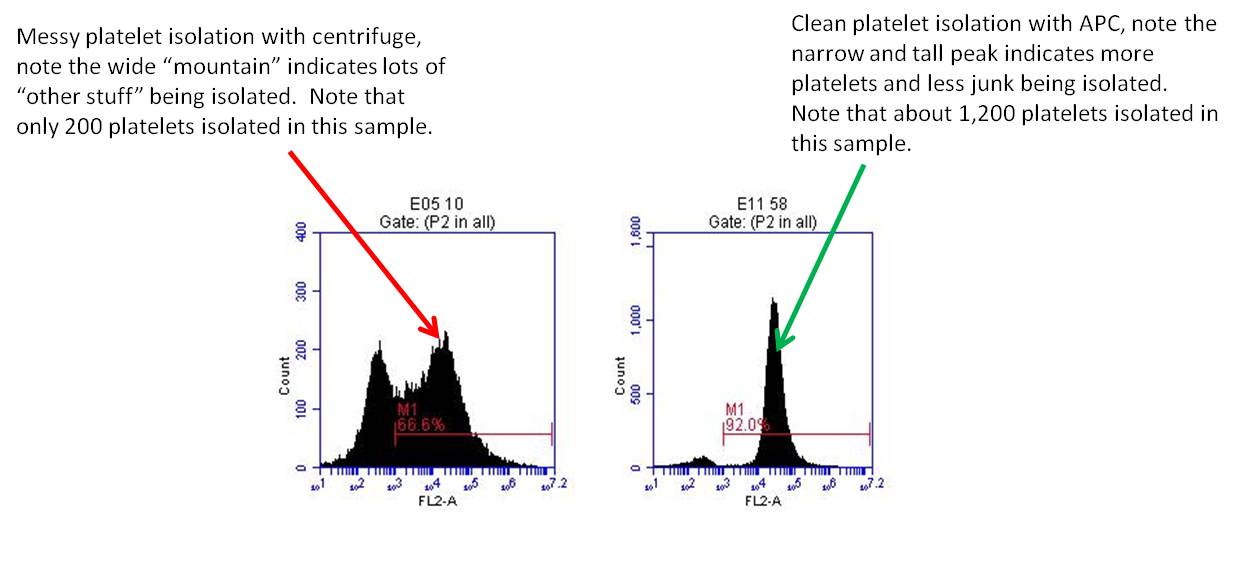
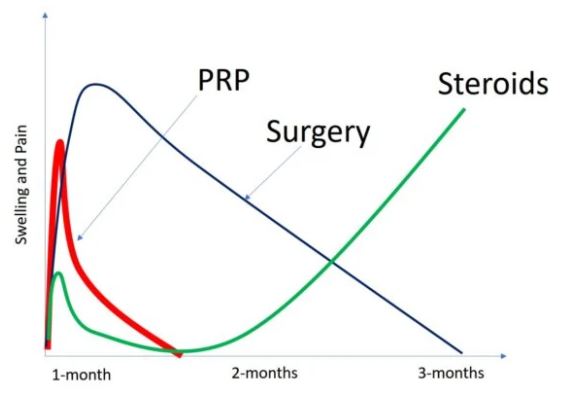
Platelet-Rich Plasma Injections vs. Steroid Shots
How PRP treatments and Steroid Shots Differ in Terms of Recovery
The idea behind PRP instead of steroid shots is that, instead of injecting something that will lessen swelling in the short term and impede healing, the doctor is opting to inject something which has the potential to prompt recovery. This is because the platelets in the PRP have healing growth factors that will likely help the injured tissue mend (2). In this way, it is a superior alternative to steroid shots.
- In the graph below, PRP has an initial flare-up which goes away in 3-7 days. And, after that, the patient gradually gets better than baseline.
- For steroids, it’s the contrary, with the individual feeling better quicker, but after that, the effects disappear over a number of weeks, and the discomfort returns.
- Surgical intervention has a longer pain period for weeks and then the individual gets slowly better.
Why Centeno-Schultz Clinic is the Prime Destination for Regenexx-SCP Procedures
Our Board-Certified & Fellowship trained physicians have helped more orthopedic patients using Interventional Orthopedics than any other regenerative medicine clinic in the world.
See their profilesOur scientific, data-driven approach and extensive research publications ensures our patients receive the highest level of care possible.
Read our researchNot all injuries are alike, even if they appear to. Get the specific dose and concentration your condition requires, only possible with a Regenexx® flexible lab platform.
Learn more about our Flexible Lab PlatformIn our diagnostic examinations, you will spend a full hour with a CSC physician who will use our four-part SANS (stability, articulation, neuromuscular, and symmetry) method of evaluation to identify underlying causes of your pain.
Learn more about the SANS approach to diagnosisWhy Centeno-Schultz Clinic is the Prime Destination for Regenexx-SCP Procedures
Perc-FSU – Trusted Alternative to Spinal Fusion
The Perc-FSU Procedure is an injection-based treatment that utilizes the patients’ own blood platelets to bring stability to the spine without the need for the rods, nuts, bolts, and hardware of fusion surgery. “Perc” stands for percutaneous, and “FSU” stands for “Functional Spinal Unit,” which means that the spine is...
Read More About Perc-FSU – Trusted Alternative to Spinal FusionPRP for MCL Tears & Sprains
Physical therapy and RICE are the first-line treatments for MCL injuries. Prolotherapy is also an option in less severe cases, but where ligaments are more severely damaged, PRP and/or bone marrow concentrate (containing stem cells) may be called for as the next nonsurgical treatment option. Platelet-Rich Plasma for MCL Tears...
Read More About PRP for MCL Tears & SprainsPRP for PCL Sprains & Tears
Physical therapy and RICE are the first-line treatments for PCL injuries. Prolotherapy is also an option in less severe cases, but where ligaments are more severely damaged, PRP and/or bone marrow concentrate (containing stem cells) may be called for as the next nonsurgical treatment option. Platelet-Rich Plasma for PCL Tears...
Read More About PRP for PCL Sprains & TearsPRP for Baker’s Cyst
PRP therapy has been shown to be an effective treatment for baker’s cysts and many of the underlying issues that cause them. PRP stands for platelet-rich plasma. It is a procedure that involves drawing a patient’s blood from their arm, spinning it in a centrifuge thereby isolating and concentrating the...
Read More About PRP for Baker’s CystPRP for ACL Tears & Sprains
The ACL is one of the main ligaments of the knee. Its most important role is to prevent your tibia (shin bone) from moving forward on your femur (thigh bone). ACL injuries commonly occur when you twist or rotate while running, planting, and stopping suddenly or landing hard on your...
Read More About PRP for ACL Tears & SprainsPRP for Meniscus Tears
A recent study examined the effectiveness and safety of intrameniscal platelet-rich plasma injections for chronic meniscal tears. It was a randomized, double-blinded, placebo-controlled study that included 72 patients. Baseline characteristics between control and PRP-treated patients were similar. The failure rate was lower in the PRP group (48%) versus the control...
Read More About PRP for Meniscus TearsDoctors that Perform PRP Injections in Denver & Broomfield, CO
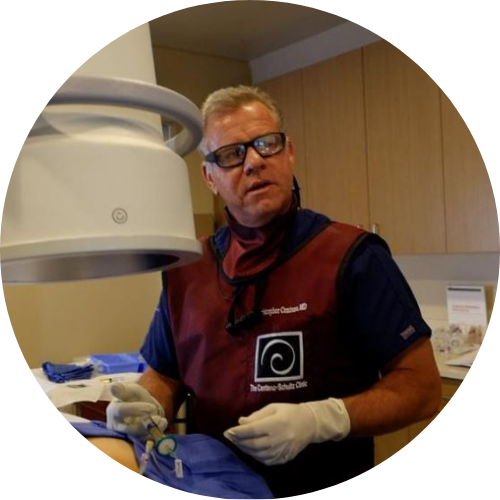
Christopher J. Centeno, MD
Christopher J. Centeno, M.D. is an international expert and specialist in Interventional Orthopedics and the clinical use of bone marrow concentrate in orthopedics. He is board-certified in physical medicine and rehabilitation with a subspecialty of pain medicine through The American Board of Physical Medicine and Rehabilitation. Dr. Centeno is one of the few physicians in the world with extensive experience in the culture expansion of and clinical use of adult bone marrow concentrate to treat orthopedic injuries. His clinic incorporates a variety of revolutionary pain management techniques to bring its broad patient base relief and results. Dr. Centeno treats patients from all over the US who...
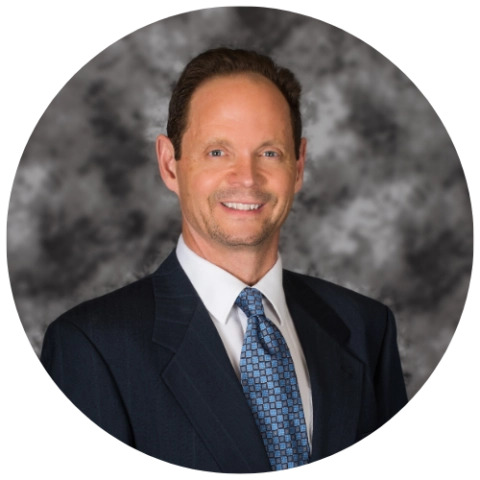
John Schultz, MD
John R. Schultz M.D. is a national expert and specialist in Interventional Orthopedics and the clinical use of bone marrow concentrate for orthopedic injuries. He is board certified in Anesthesiology and Pain Medicine and underwent fellowship training in both. Dr. Schultz has extensive experience with same day as well as culture expanded bone marrow concentrate and sees patients at the CSC Broomfield, Colorado Clinic, as well the Regenexx Clinic in Grand Cayman. Dr. Schultz emphasis is on the evaluation and treatment of thoracic and cervical disc, facet, nerve, and ligament injuries including the non-surgical treatment of Craniocervical instability (CCI). Dr. Schultz trained at George Washington School of...
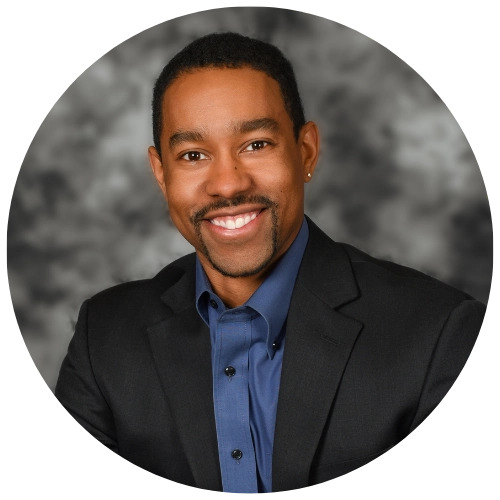
John Pitts, M.D.
Dr. Pitts is originally from Chicago, IL but is a medical graduate of Vanderbilt School of Medicine in Nashville, TN. After Vanderbilt, he completed a residency in Physical Medicine and Rehabilitation (PM&R) at Emory University in Atlanta, GA. The focus of PM&R is the restoration of function and quality of life. In residency, he gained much experience in musculoskeletal medicine, rehabilitation, spine, and sports medicine along with some regenerative medicine. He also gained significant experience in fluoroscopically guided spinal procedures and peripheral injections. However, Dr. Pitts wanted to broaden his skills and treatment options beyond the current typical standards of care.
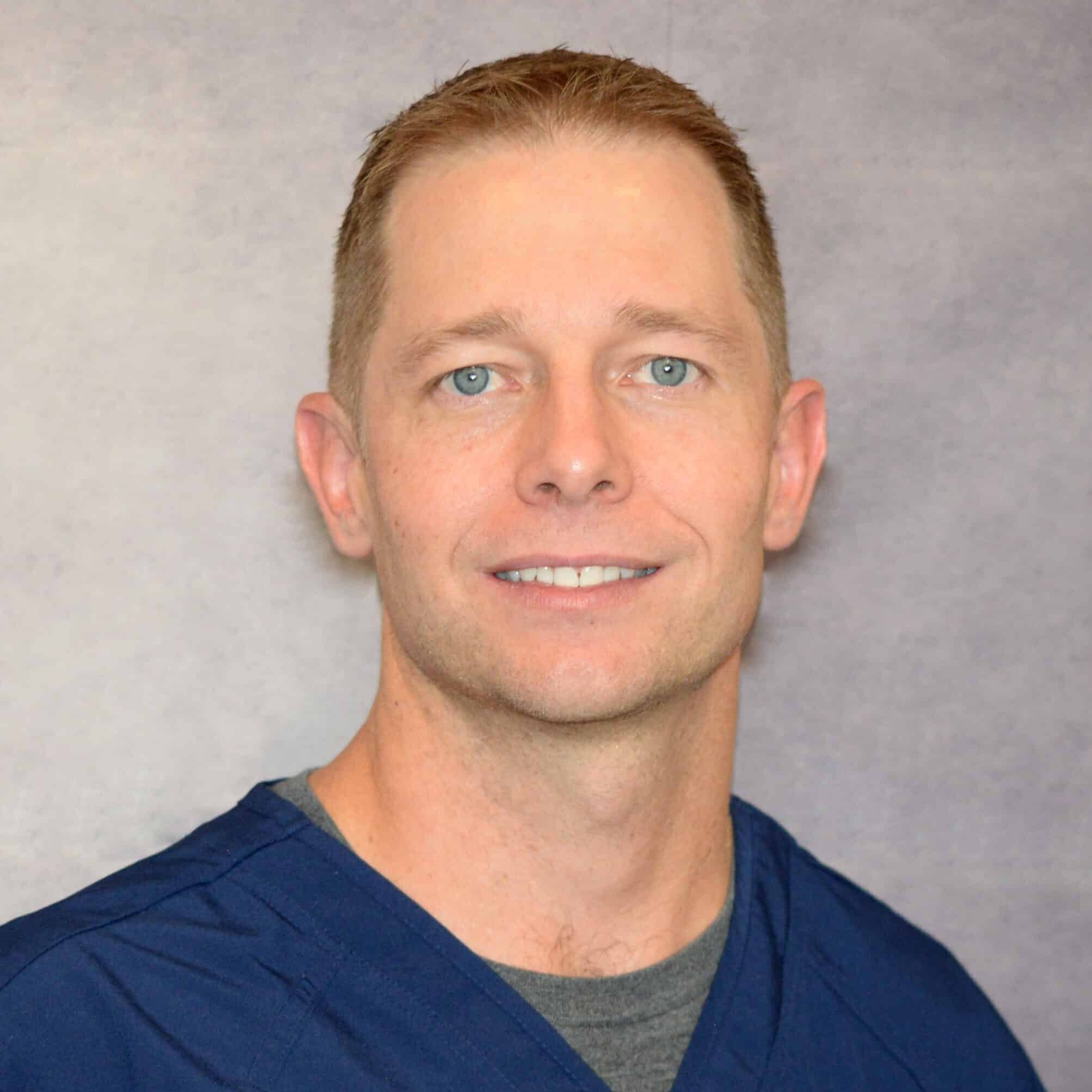
Jason Markle, D.O.
Post-residency, Dr. Markle was selected to the Interventional Orthopedic Fellowship program at the Centeno-Schultz Clinic. During his fellowship, he gained significant experience in the new field of Interventional Orthopedics and regenerative medicine, honing his skills in advanced injection techniques into the spine and joints treating patients with autologous, bone marrow concentrate and platelet solutions. Dr. Markle then accepted a full-time attending physician position at the Centeno-Schultz Clinic, where he both treats patients and trains Interventional Orthopedics fellows. Dr. Markle is an active member of the Interventional Orthopedic Foundation and serves as a course instructor, where he trains physicians from around the world.
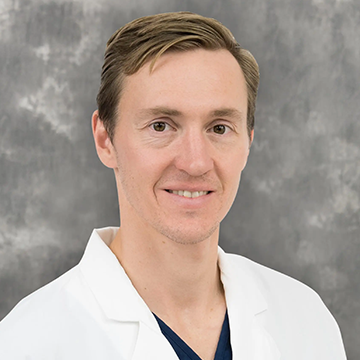
Matthew William Hyzy, D.O.
Doctor Hyzy is Board Certified in Physical Medicine and Rehabilitation (Physiatry) and fellowship-trained in Interventional Orthopedics and Spine. Dr. Hyzy is also clinical faculty at the University of Colorado School of Medicine in the Department of Physical Medicine and Rehabilitation; In addition, Dr. Hyzy is an Adjunct Clinical Assistant Professor at The Rocky Vista University College of Osteopathic Medicine. Dr. Hyzy also maintains an active hospital-based practice at Swedish Medical Center and Sky Ridge Medical Center. He is also recognized and qualified as an expert physician witness for medical-legal cases and Life Care Planning. He is published in the use of autologous solutions including...
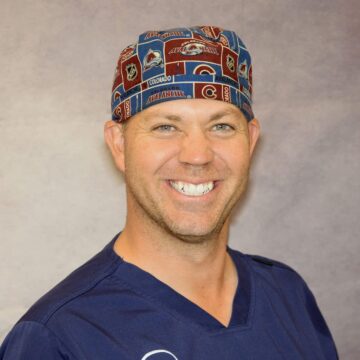
Brandon T. Money, D.O., M.S.
Dr. Money is an Indiana native who now proudly calls Colorado home. He attended medical school at Kansas City University and then returned to Indiana to complete a Physical Medicine and Rehabilitation residency program at Indiana University, where he was trained on non-surgical methods to improve health and function as well as rehabilitative care following trauma, stroke, spinal cord injury, brain injury, etc. Dr. Money has been following the ideology behind Centeno-Schultz Clinic and Regenexx since he was in medical school, as he believed there had to be a better way to care for patients than the status quo. The human body has incredible healing capabilities...
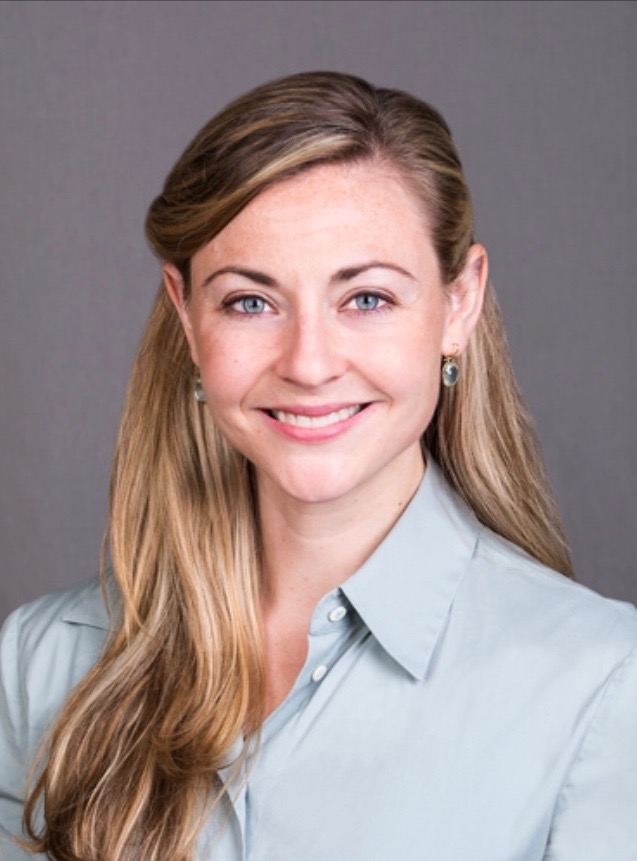
Mairin Jerome, MD
Dr. Mairin Jerome is a physiatrist with subspecialty fellowship training in Interventional Orthopedics and Regenerative Medicine. This subspecialty serves to fill the gap for patients who are interested in therapeutic options that lie between conservative treatment and surgery. Dr. Jerome uses regenerative medicine techniques, including prolotherapy and orthobiologics, via X-ray or ultrasound guidance to precisely deliver injections to areas of musculoskeletal injury or degeneration. Orthobiologics refers to tissue harvested typically from a person’s own body, such as platelets (platelet-rich plasma, PRP) or bone marrow, for use in treating painful musculoskeletal conditions. The goal is to stimulate the body’s healing mechanisms to improve pain, function, and decrease inflammation.

Mark Reilly, PT, MS, IMS-P
Excercise Rehabilitation Director for the Centeno-Schultz Clinic. Mark Reilly, PT, MS, IMS-P, earned his Master of Science degree in Physical Therapy from Regis University in 1999. He began his career with the Centeno Clinic back in 2000, where he worked with a population that mostly consisted of chronic pain patients.
References:
- Jones IA, Togashi RC, Thomas Vangsness C Jr. The Economics and Regulation of PRP in the Evolving Field of Orthopedic Biologics. Curr Rev Musculoskelet Med. 2018;11(4):558-565. doi:10.1007/s12178-018-9514-z
- Le ADK, Enweze L, DeBaun MR, Dragoo JL. Current Clinical Recommendations for Use of Platelet-Rich Plasma. Curr Rev Musculoskelet Med. 2018;11(4):624-634. doi:10.1007/s12178-018-9527-7